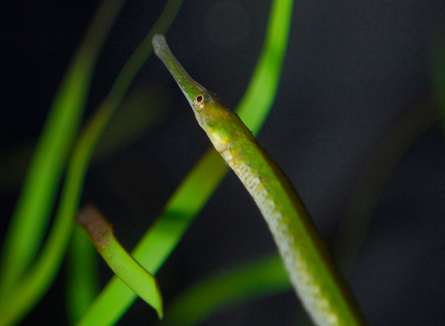Young fish remained abundant last summer and fall in some areas of the Gulf of Mexico that were slammed by the catastrophic 2010 BP oil spill, a new analysis finds. The finding runs counter to initial expectations of huge losses, especially among fish born during or shortly after the April 20, 2010 well blowout.

F. Joel Fodrie of the University of North Carolina at Chapel Hill and Kenneth Heck Jr. of the University of South Alabama Dauphin Island Sea Lab tallied numbers of juveniles retrieved by research vessels between mid-July and October 31, 2010. The abundance of these youngsters offered one gauge of whether eggs and larval fish had taken a big, deadly hit from early exposure to hydrocarbons spewed during the months-long spill.
Among 20 types of fish most commonly found in seagrass meadows — natural nurseries in the northern Gulf — juveniles of a dozen types were present in numbers notably higher than during the previous four years. For the remaining eight types of fish, Fodrie and Heck found that 2010 post-spill catch rates were “statistically indistinguishable” from earlier years. The pair detailed their findings online July 6 in PLoS ONE.
The research vessels collected almost 170,000 individual fish over the past five years, representing 86 different types, in trawl nets towed through seagrass beds. The 2010 average of 1,989 fish per kilometer constituted an increase of 84 percent over the average from similar trawls by the research ships over the previous four years. Such large trawl yields following the spill probably reflect a reduction in fishing pressure owing to a wide post-spill ban on commercial harvests, Heck says. Initial fishery closures began May 2 (12 days after the blowout) and continued in some places through April 19, 2011 (9 months and 4 days after the well was capped).
Still unknown, the researchers acknowledge, is the health of fish reared in polluted regions of the Gulf. “Our initial results don’t show cause for concern,” Heck says. “But we don’t know what we’re going to see in a few years in terms of their growth or survival.” Indeed, he notes, “there’s reason to believe, from some prior work, that there may be delayed effects.”





